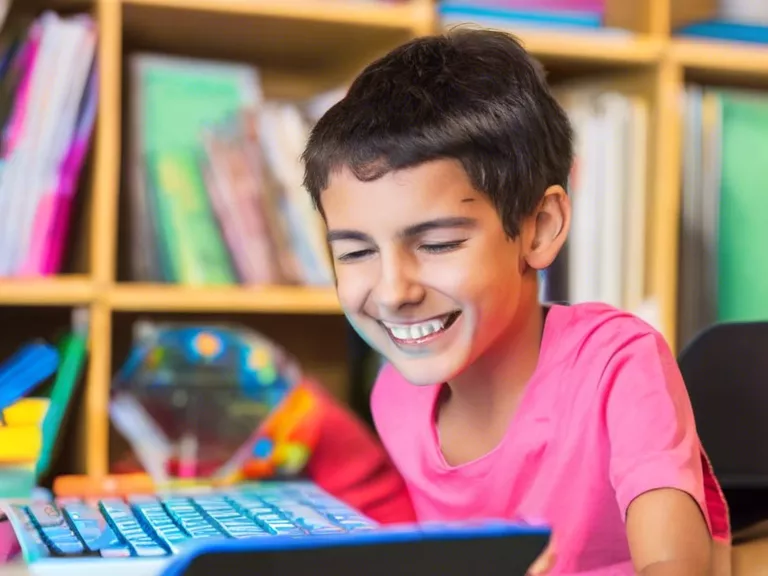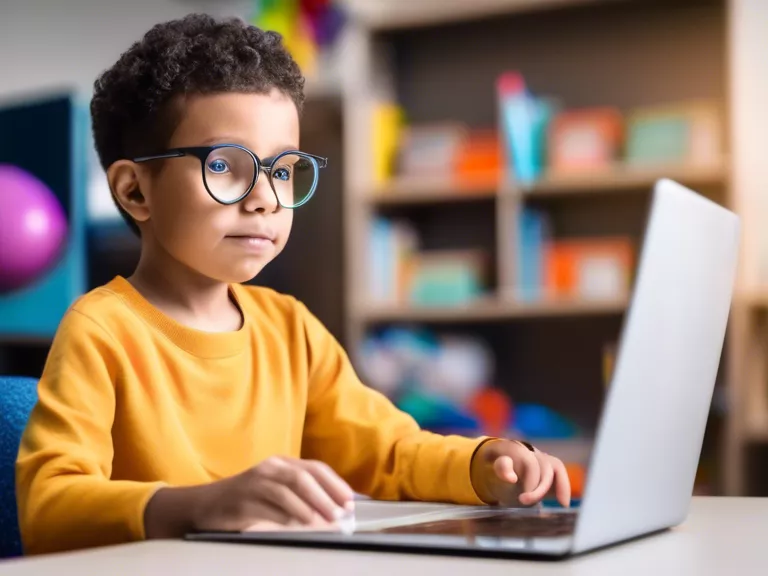
Gamification, the process of applying game mechanics and design techniques to non-game contexts, has drastically transformed education for students of all ages. By integrating elements such as point systems, badges, leaderboards, and quests into the learning experience, gamification has proven to increase engagement, motivation, and retention among students.
One of the key benefits of gamification in education is its ability to make learning more enjoyable and interactive. By incorporating game-like elements, educators are able to create a more immersive and stimulating learning environment that captures students' attention and maintains their interest. This not only makes learning more fun but also helps students become more actively involved in the learning process.
Furthermore, gamification has been shown to enhance students' problem-solving skills and critical thinking abilities. Through interactive challenges and quests, students are encouraged to think creatively and strategically to overcome obstacles and achieve goals. This hands-on approach to learning enables students to apply their knowledge in real-world scenarios and develop practical skills that are essential for success in today's fast-paced, technology-driven society.
In addition, gamification can also help students build important social and emotional skills, such as teamwork, collaboration, and perseverance. By working together to complete challenges and earn rewards, students learn how to communicate effectively, support one another, and persist in the face of adversity. These skills are not only valuable in academic settings but also in the workplace and everyday life.
Overall, gamification has the potential to revolutionize education by making learning more engaging, interactive, and rewarding for students of all ages. By harnessing the power of game mechanics and design, educators can create a dynamic and effective learning environment that fosters creativity, critical thinking, and collaboration among students.



